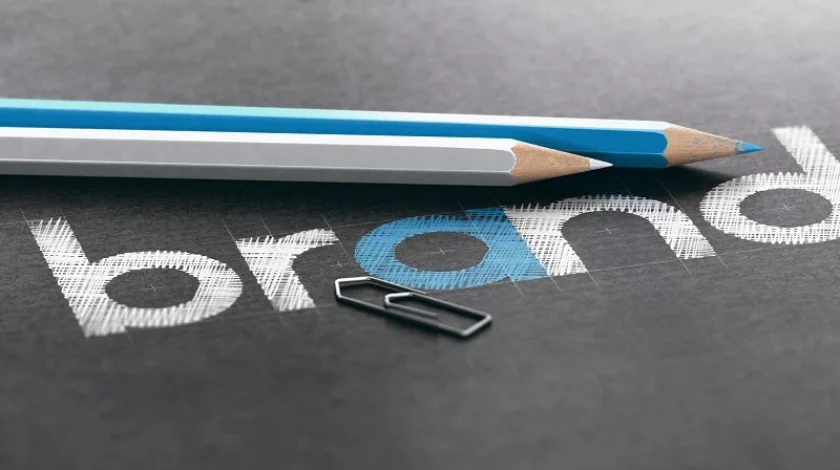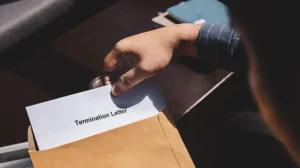Is it possible to claim the design of a glass box?
This question hit the music world earlier this month, when in early November 2018, soon after Kanye West and Kid Cudi performed their set at the Camp Flog Gnaw festival in LA, Grammy award winning New Zealand musician Lorde took to her Instagram account to accuse Kanye West and Kid Cudi of stealing her set design: a suspended glass box.
This claim has prompted discussion surrounding the potential infringement of copyright linked to set designs, and who (if anyone) actually owns the rights to seemingly simplistic designs such as the one in question. In addition, this incident has also raised concerns relating to the accessibility of social media and how easy it can be for anyone, particularly artists with large followings, to make allegations (often unfounded and without consequence) regarding others.
The controversy
Lorde suggested that Kanye West and Kid Cudi stole her set design, which featured artists performing in a suspended glass box over a stage. Lorde claimed that she had previously used the same design during her Coachella set in 2017, as well as throughout the rest of her world tour.
Below is a side by side of the two sets:
Lorde stated via her Instagram story:
“I’m proud of the work I do and it’s flattering when other artists feel inspired by it, to the extent that they choose to try it on themselves. But don’t steal – not from women or anyone else – not in 2018 or ever”.
Whilst the two set designs do share some similarities, Lorde’s accusation raises the question of who, if anyone, could have possible rights to the design under the Australian intellectual property laws. Based on Lorde’s Instagram story, it appears that she is claiming rights to the design – but is this really the case?
The designers
The respective designers involved in both Lorde’s Coachella set and Kanye West and Kid Cudi’s Camp Flog Gnaw set have weighed in on the situation in an attempt to provide some clarity. Lorde’s set designer for the specific event, Es Devlin, who has also worked with Kanye West, made the following comment on the controversy:
“The idea of a floating glass box of course is not in any way new and the geometry precedes all of us. The form finds another layer of resonance in each new context…”
Similarly, John McGuire, the owner of Trask House, the company that designed Kanye West and Kid Cudi’s set also expressed to the New York Times that:
“[Lorde] wasn’t the first person to use a floating glass box, she won’t be the last…She doesn’t own it, her designer didn’t invent it.”
These statements demonstrate that neither of the designers came close to claiming the right to the design, with both stating that the glass box idea was not a new concept. Instead, both designers made the suggestion that the glass box is a design which will continue to be freely used by many artists to come.
In addition, it appears that whilst Lorde claims that her work was stolen, it was actually Es Devlin who was tasked with designing her set – which brings to the forefront questions surrounding whether or not Lorde had any input in the set design process, and thus had any basis for making such an allegation against Kayne West and Kid Cudi.
What does this tell us about designs and copyright?
Two regimes of intellectual property rights can potentially be used to protect designs, namely:
- the copyright regime; and
- the design regime
In Australia, copyright is an automatic right which arises from a person’s own creative process and labour. Subject to the design fulfilling the definition of an ‘artistic work’, and it being both original and in material form, copyright protects both the expression of certain ideas and the right to perform certain acts using an original work, e.g. the right to reproduce and make copies of an original work, or the right to prepare derivative works based on the original work.
In contrast, a design registration protects the appearance of a product. In order to be registered, the design must consist of new and distinctive visual features of shape, configuration (3D), pattern or ornamentation (2D) of a product. The registered owner of a design has exclusive rights in respect of that design, including the right to:
- make a product that embodies the design;
- import, sell, hire or dispose of a product that embodies the design; and
- authorise others to do any of these things.
In this particular circumstance, Lorde is implying that she originally created and used the design of the glass box. However, the designers involved in both projects quickly claimed that the idea of a glass box was not an original idea and has already been used by many others in the arts space. This demonstrated that Lorde’s set design was not an originally created work and that her use of the design is most likely not protected by copyright, nor is it the subject of a design registration.
What impact did social media have?
Another concern raised through this incident was the significant influence that social media can have when it comes to people making baseless accusations. Social media has become both an easy to access and extremely popular platform for people with influence to quickly share their opinions with the world. In this instance, Lorde was able to immediately claim, without basis, that Kanye West and Kid Cudi stole her set design to her six million followers.
Whilst it was later determined that this was simply not the case, claims like these could easily damage the reputation of other artists. The ability for artists to make serious claims over social media is therefore concerning, particularly within the context of intellectual property rights.
Main Takeaway
This recent controversy has essentially demonstrated that in order to be afforded exclusive rights to a design, the design must be original and distinctive, and similarly must originate from the person who claims rights in the product. In addition, it is incredibly important for social influencers with large social media followings to be wary of posting baseless claims on social media platforms, as they could have serious ramifications on others and their own brand.
If you have a query relating to any of the information in this article, or you would like to speak with a lawyer in Coleman Greig’s Intellectual Property and Brand Protection team with regard to your own matter, please don’t hesitate to get in touch today:













